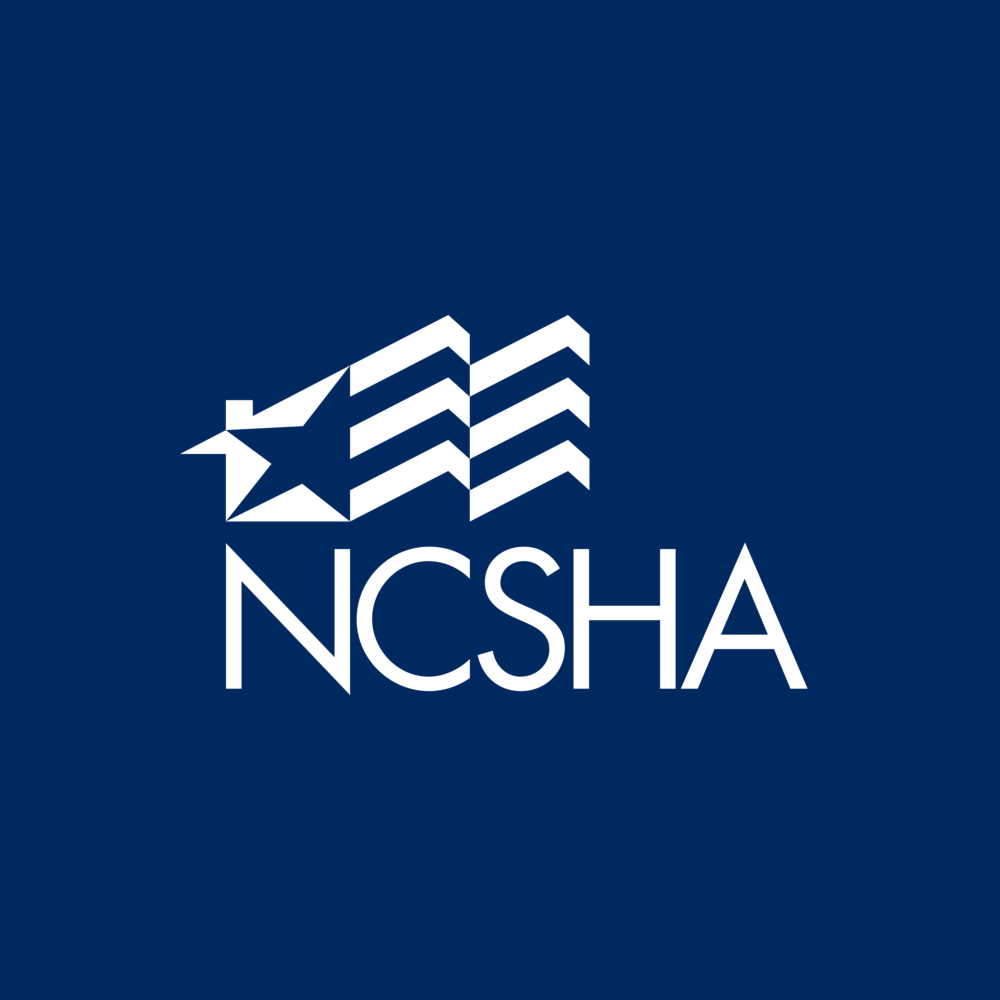Year-End Legislation Includes Emergency Rental Assistance, Permanent 4 Percent Housing Credit Rate, and More

Congressional negotiators this afternoon unveiled the mammoth year-end omnibus legislation that includes appropriations for all federal departments and agencies, coronavirus relief, and tax provisions. Notably, the bill includes $25 billion in emergency rental assistance, a minimum 4 percent rate for Housing Credit developments, and additional Housing Credit disaster authority for some states — provisions on which NCSHA had worked with members of both parties and other housing groups to advance. Through the nationwide state HFA delivery system, these provisions will help hundreds of thousands of needy households in the months ahead.
Both chambers are expected to clear the legislation by midnight tonight to avoid a government shutdown, as the current continuing resolution funding the government will run out then. Below is a summary of key housing provisions in the legislation.
Emergency Rental Assistance
The final legislation includes $25 billion that the Treasury Department will provide as grants to states and eligible local governments to fund emergency rental assistance, rental arrears, and utility costs for households at risk of homelessness or housing instability due directly or indirectly to the pandemic. Households must have incomes of no more than 80 percent of the area median to be eligible for assistance, and grantees must prioritize households earning up to 50 percent of AMI and those with a member(s) who is unemployed and has been unemployed for at least 90 days. Households may receive assistance for a maximum of 15 months and must reapply every three months for ongoing assistance.
We expect the housing finance agency to be the administering entity at the state level in most states; governors and state legislatures will decide in the coming days and weeks. Click here to read NCSHA’s detailed summary of the emergency rental assistance program.
Coronavirus Relief Fund Extension
The bill extends until December 31, 2021, funding provided to states and localities under the Coronavirus Relief Fund (CRF) in the Coronavirus Aid, Relief, and Economic Security (CARES) Act. The CRF deadline previously had been December 30, 2020.
Eviction Moratorium
The bill extends the Centers for Disease Control and Prevention’s eviction moratorium until January 31, 2021. The deadline had been December 31, 2020.
Housing Credit 4 Percent Minimum Rate
The bill establishes a permanent minimum 4 percent rate for Housing Credit developments financed by tax-exempt multifamily bonds and for acquisition costs associated with all Housing Credit developments. Novogradac estimates that this will allow for the production of roughly 130,000 additional affordable rental homes. The 4 percent minimum rate has long been one of NCSHA’s highest legislative priorities for the Housing Credit. It is one of the provisions within the Affordable Housing Credit Improvement Act for which NCSHA individually, and in our capacity as co-chair of the ACTION Campaign, has been a leading advocate. The new minimum 4 percent rate is effective for buildings allocated acquisition Housing Credits after December 31, 2020, and for buildings financed with tax-exempt bonds issued after December 31, 2020.
Disaster Housing Credits
The bill provides additional Housing Credit authority for 2021 and 2022 to states that experienced presidentially-declared major disasters (other than COVID-19) after December 31, 2019, through 60 days after the date of enactment. The additional Credit authority is equal to $3.50 multiplied by the population in qualified disaster zones and is capped at 65 percent of the state’s 2020 Credit ceiling. As of this writing, additional Housing Credit authority would be provided to 11 states (Alabama, California, Florida, Iowa, Louisiana, Michigan, Mississippi, Oregon, South Carolina, Tennessee, and Utah) and Puerto Rico. The bill also extends by 12 months each the 10 percent test deadline and the placed-in-service deadline for projects located in qualified disaster zones.
Annual Appropriations
The bill provides a total of $49.6 billion for HUD, $561 million above the 2020 enacted level and $12.4 billion above the president’s budget request. While a number of HUD programs received modest increases, Congress only provided level funding for the HOME Investment Partnership program at $1.35 billion. Contract renewals and contract administration for Project-Based Section 8 were funded at $13 billion ($890 million above FY 2020) and $350 million ($5 million above FY 2020), respectively. Congress provided $20 million for a new eviction prevention competitive grant program for nonprofits and governmental entities. For more information on specific program funding levels, please see NCSHA’s Appropriations Chart.
Other Relevant Provisions
The bill also extends the New Markets Tax Credit for five years and provides $12 billion to community development financial institutions (CDFIs) and minority depository institutions (MDIs) — $9 billion to support lending in low-income and underserved communities and $3 billion to respond to the pandemic’s economic impact on underserved low-income and minority communities.

